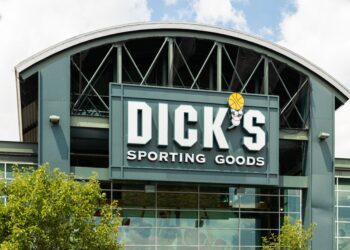By Steven Lay
When you find a tap room that you keep going back to, it probably isn’t solely due to the great craft beer available. It might have something to do with architecture. Test that theory the next time you visit that tap room. Take in the design features, because those attributes are probably what gives that room its appealing character.
Architects I met with for this article, all specializing in brewery designs, tell me there are many design factors that make for an environment that contributes to an overall sense of comfort and appeal. The short list of factors architects considers in their design recommendations include: utilization of color, acoustics, aromas, music, furniture, and ease of movement within the space.
“The trick is putting the right combinations together that address the demographics of the community and customers who will visit the space,” David Madsen, a Reno brewery architect, said in an interview.
If done properly, the brewery’s architectural design becomes part of the brewery’s brand.
Therefore, breweries are always reviewing their target market and trying to anticipate changes in consumer preferences. Customers dictate branding and architectural design showcases brand. A tap room’s ‘feel’ is the ultimate expression of that brand. Consumers will be asking: What is this brewery doing for me during my visit?
The post-pandemic period will likely bring changes to the way consumers view their brewery experiences. According to interviews with breweries and architects specializing in the craft beer industry, the most noticeable evolution are breweries upgrading production facilities and thinking more about public space designs that showcase an experiential and destination orientation. Consumers need to recognize that breweries cannot build just any tap room they like, far too many factors come into play to allow for that from construction codes to environmental considerations.
It’s a fact that design influences consumer habits which is why breweries and beverage manufacturers spend a lot of time and money on labels. Getting someone to try your brand of beer is just the start of the beermaker-customer relationship. The product must express a certain image and message to the consumer.
If you really want to see some interesting approaches to brewery and tap room architecture do an online search for “brewery architecture” or “architectural firms specializing in craft breweries.” Great tap rooms and brew pubs are as much about architectural design as the beverages they serve. Tap rooms are showrooms for your product.
Branding a craft brewery is also about quality and exceeding customer expectations. Consider the money spent by the likes of Disney and McDonalds to create a certain brand and feel. Conversely, architectural design does not need to be expensive or extravagant to be highly effective for craft beer producers to maximize their potential and build an asset through branding with architecture.
There are other issues to consider: post-pandemic, outdoor space utilization will demand new designs. Even seasonal cold and hot weather brewers are working with outdoor spaces. Is a tap room family oriented, younger crowd, and pet friendly? Does it have a game area? Markets change and people are always on the lookout for new experiences. Breweries will also need to learn from the Covid-19 experience by fine-tuning take-out and delivery programs.
In a segment about brew pubs on the BBC a few years ago, it was said, “Architecture dictates how you feel.” Ultimately, a tap room needs to tell a story about the beer and the brewery and the people. A brewery must ask, what do I want customers to say about my brand? Once a brand is introduced to the market it is difficult, if not impossible, to change impressions formed from personal experiences.
Whatever a brewery decides relative to design and atmosphere, the only audience that matters are the customers. It is also worth noting that some craft beer aficionados plan vacation trips around visits to showcase breweries. Make their memories count.












